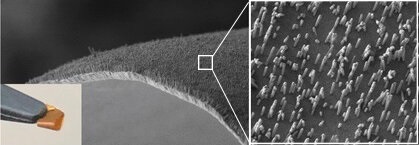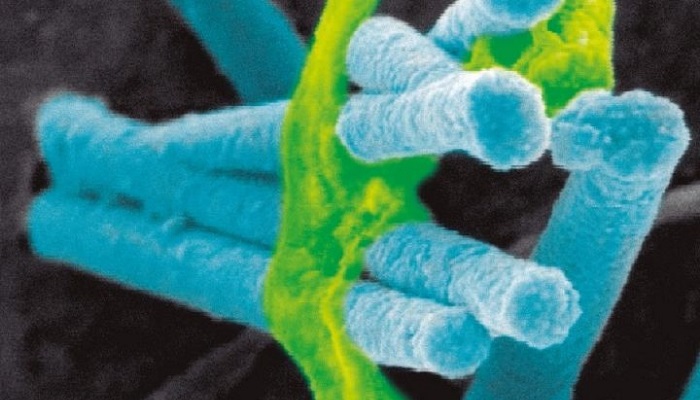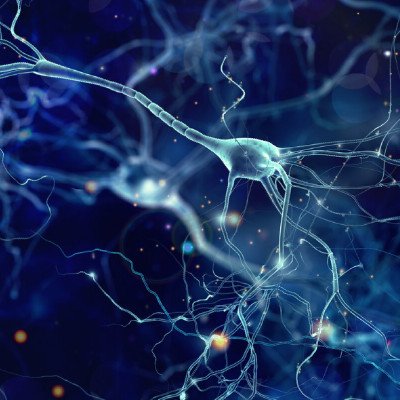Knowing the state of mammalian cells, in particular neural cells, depends on advances in nanotechnology‐based interfaces. Nanotechnology offers new technical possibilities to unravel the connectivity routes of the nervous system by adding nanoscale features for a more intimate interface with neurons. In this regard, non-invasive microelectrodes of improved design and low impedance are highly desired. So far flexible electrodes have been proposed, but only a few combine flexibility with both nanostructure and a low impedance.
A team of researchers coordinated from the institute IMDEA Nanociencia have designed flexible thin metal electrodes with nanotopography that could be a solution. The proposed electrode surface is nanostructured by arrays of vertical metallic nanowires to improve performance by reducing impedance and more intimately interfacing individual neurons respect to conventional flat electrodes. These electrodes can be easily integrated over the surface of already existent neural interfaces for chronic implantation, minimizing the risk of foreign body reactions and long-term glial encapsulation, and thus prolonging the life of medical implants.

Flexible electrode and nanostructure.
The electrodes could find application in technologies for neurodegenerative diseases. The majority of neural diseases are chronic or degenerative and produce very important cognitive and motor disabilities. Electrodes with particular characteristics are needed to study the neural system and to interact with it, in the search for knowledge and therapies. Lucas Pérez, co-author of the publication and researcher at IMDEA Nanociencia says:
“What we have developed is a novel approach to fabricate nanostructured electrodes, easy to fabricate and integrate, that combine all the expected properties for neural electrodes: flexible, robust, with low impedance and reduced invasiveness”. Mª Concepción Serrano, co-author and researcher at ICMM-CSIC adds: “With a designed architecture at dimensions closer to those of cell components, these electrodes demonstrate good responses from neural cells, including the application of electrical stimulation, opening the pathway to eventual therapeutic uses for neural tissue stimulation and/or regeneration.”

Neurons “embracing” the nanoelectrodes.
Neural diseases such as spinal cord injury would be a clear target for the therapeutic application of these electrodes. “We need a better understanding of our neural system; we need tools to interact – to speak – with the neurons and this is what we are looking for. In the short term, we believe we can improve the performance of the electrodes currently used in neurology. In the future – let’s dream – we would like to develop a bypass for spinal cord injuries” Dr. Pérez says. Enhancing the efficiency and biocompatibility of the electrodes will facilitate and extended their use for treating neural diseases and for developing brain-machine interfaces.
This work is one of the outcomes of an exciting exchange among material scientists and physicists with biologists and medical doctors to design and fabricate a new generation of neural interfaces that benefit from nanotechnology. The promise of this multidisciplinary approach opens an attractive collaborative work for further research to effectively design a novel generation of neural electrodes, one of the key components of an active bypass for neural reconnection.
Read the original article on Technology Org.
